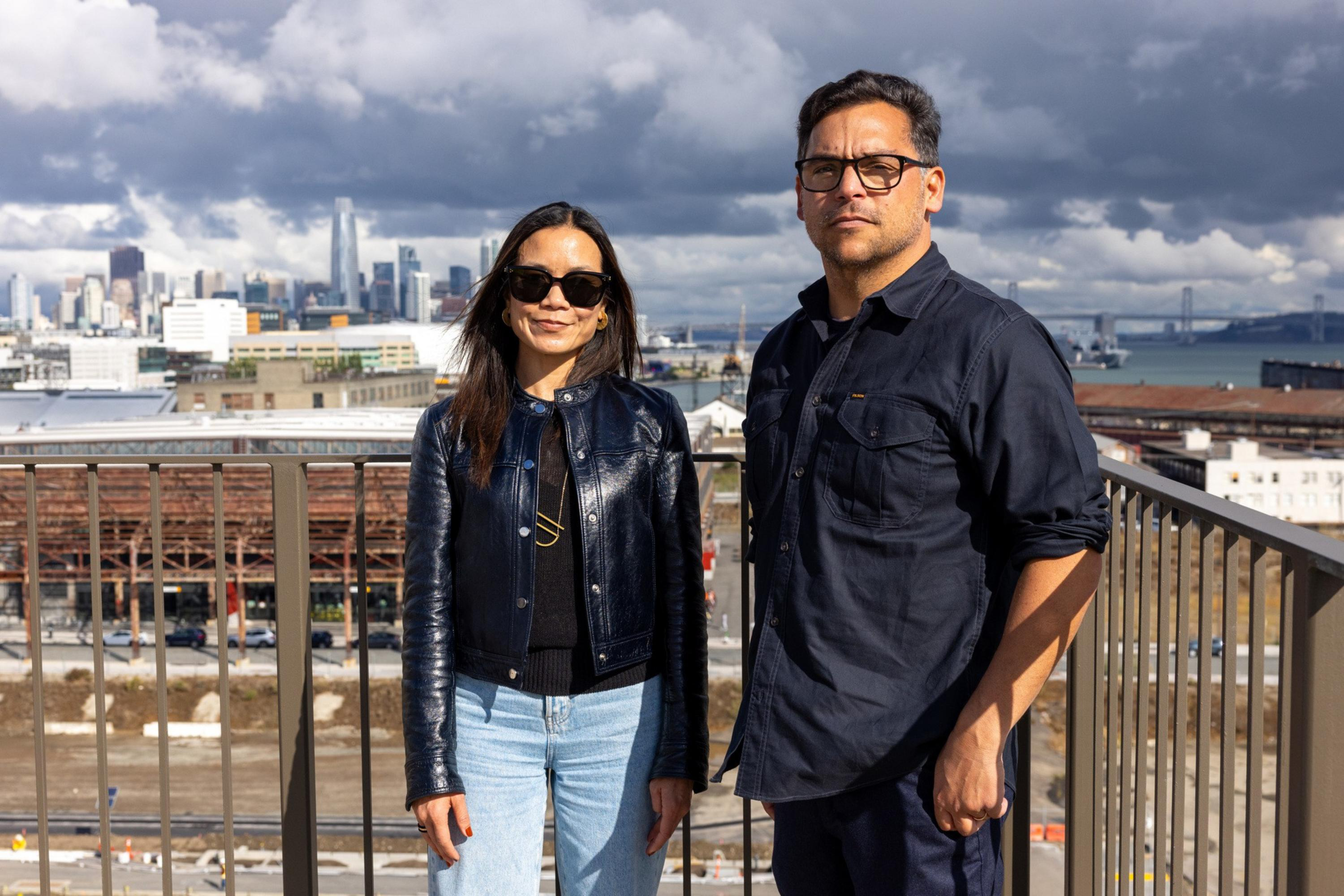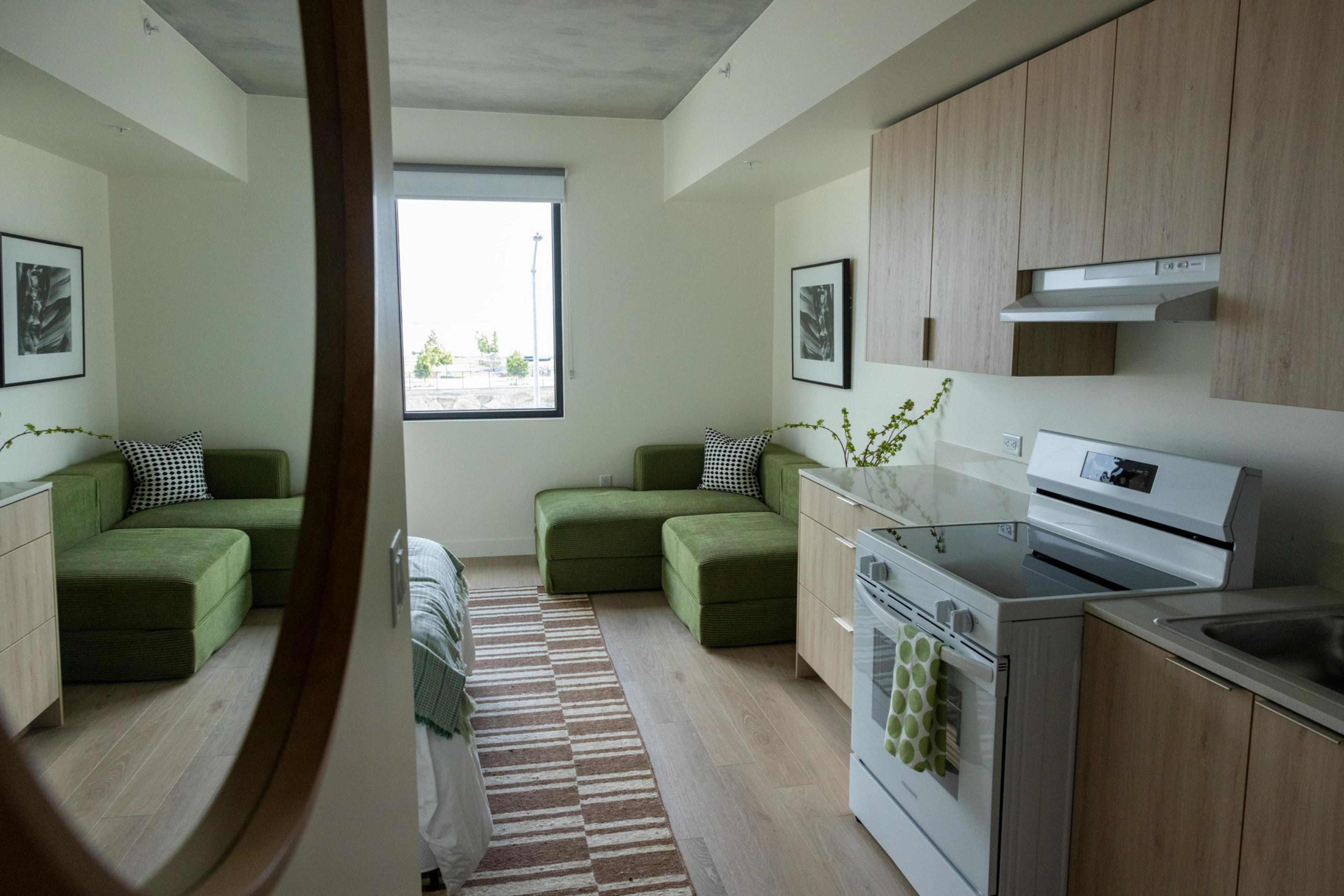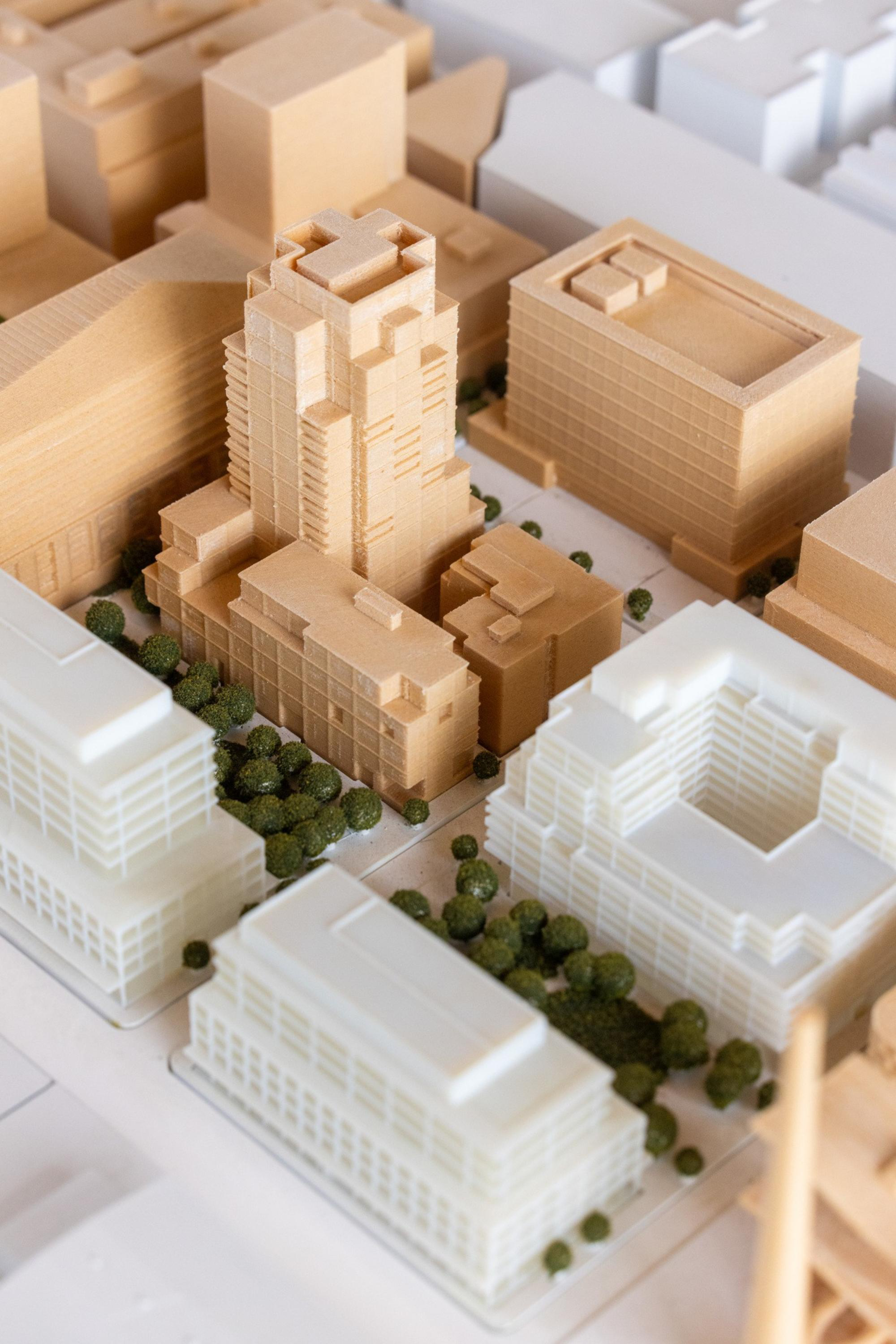Enrique Landa is hoping that the success of a 105-unit apartment building opening this week at his Potrero Power Station development — specifically meant for the teachers, nurses, and tradespeople that make up the lifeblood of San Francisco — will not be an exception.
Not much housing is getting built in the city nowadays. The few projects that are going forward typically receive public subsidies in the case of low-income housing, or are free to charge uncapped rents in the case of market-rate developments.
But that leaves a huge swath of unbuilt homes in the “missing middle.”
“People just assume it doesn’t exist,” said Landa, managing partner at developer Associate Capital. “And if it does, they assume they don’t qualify.”
This middle-income housing is specifically meant for households making between 50% and 110% of an area’s average median income. In San Francisco, that number is in the low six-figures (opens in new tab) and often means many residents still regularly spend more than half of their income on housing.
In a challenging environment for real estate development, Landa pulled out all the stops to make this sort of housing a reality.


Landa and his team have gone on a marketing blitz in recent weeks to change the public’s perception of what’s available on a middle-class salary in San Francisco and to get the new building fully leased.
Rather than just rely on a traditional mail campaign, Associate Capital has been reaching out directly to local employers and placing ads on public transit asking: “Need housing and make less than $185K?”
Much to his team’s chagrin because of its over-the-top nature, Landa even rented a spotlight to project the image of a house from the building’s rooftop deck ahead of Wednesday’s ribbon-cutting. Now, each unit has about eight applicants, he said. New market-rate units in comparison, draw an average of one or two applicants per unit, while low-income affordable units tend to draw more than 50.
A random lottery will be conducted later this month to place residents at the newly constructed Sophie Maxwell building, named after the former District 10 county supervisor, at the corner of Maryland and Humboldt streets on the city’s central eastern waterfront.
The project is the first new structure to sprout in a sprawling industrial area that is slated to be redeveloped into a mixed-use community over the coming decades.
Associate Capital acquired its portions of the former Potrero Power Station from NRG Energy in 2016. By the time the firm got its various commercial and housing projects at the site (opens in new tab) approved by city planners four years later, the COVID-19 pandemic upended everything, halting construction and investors’ appetite for new apartment buildings, offices, and hotels.
“We worked our entire lives to get this project entitled. Then entire asset classes just — poof — disappeared,” he said.
No stone unturned
The original pitch for the redeveloped Potrero Power Station involved adding more than 2,600 new homes, 1.8 million square feet in commercial space, and seven acres of new open space.
But years of inactivity threatened to throttle that effort, Landa said. So, without financing to break ground on the project, his team started exploring some unconventional methods.
In 2022, they found a breakthrough in the form of a bond-recycling program (opens in new tab) from the California Housing Finance Agency. The obscure program allows developers to obtain up-front cash by reusing tax-exempt bonds from earlier projects, which would otherwise expire, to fund new affordable housing.


In order to qualify for the program, Landa said his firm had to work 18 months with five banks and three law firms to ensure the Sophie Maxwell project complied with the program’s affordability and time requirements.
In 2024, then-Mayor London Breed and the Board of Supervisors also created an Enhanced Infrastructure Financing District (opens in new tab) (EIFD) that allowed Associate Capital to capture the additional property tax revenue generated by the development and use it to fund infrastructure improvements such as roads, utilities, and other public facilities.
The guarantees made by both mechanisms lowered the firm’s cost of borrowing on the project.
Landa said his team needed to find as many design efficiencies as it could to make the project profitable. Typically, a single new unit of housing in San Francisco costs about $1 million to build. At Sophie Maxwell, his team was able to get that number down to $670,000.
“The affordable housing economy doesn’t necessarily reward developers for spending less,” Landa said. “Our team went back to first principles on everything and treated it as an exercise.”
Among the building’s amenities are a 3,000-square-foot rooftop deck with views of the city skyline, as well as a co-working space that gives the building the look and feel of a market-rate project. In the lobby, two large art installations pay homage to Maxwell’s trademark necklaces. The community leader led the effort to decommission the gas-powered plant in 2011, which helped pave the way for its redevelopment.
Meanwhile, the surrounding area, composed mostly of the ruins of San Francisco’s industrial past, is beautiful to look at, but still clearly a work in progress. “We don’t have to preserve this history,” Landa said. “How lucky are we that we get to?”
But until the new neighborhood is built out, Power Station remains disconnected from the Dogpatch and Mission Bay, which have both emerged as thriving mixed-use communities over the past decade.

Brookfield’s nearby Pier 70 redevelopment, which now boasts a Standard Deviant brewery, a Breadbelly Bakery, and Bay Padel Club, is also still more of an idea of a neighborhood rather than an actual one yet.
Momentum begets further momentum, and after handing off Sophie Maxwell to property managers, Associate Capital will move on to constructing a 300-unit market-rate apartment building and a waterfront park at the adjoining site of a retired power plant, which still features a 300-foot smokestack. Next door, UCSF is also in the process of constructing its own cancer treatment center.
By completing a successful workforce housing building in today’s environment, Landa said he hopes to reignite investor interest in this sort of project. Even though it seems novel today, it was nearly a century ago that the Metropolitan Life Insurance Co. developed tens of thousands of middle-income homes at places such as Parkchester in New York and Parkmerced in San Francisco.
“Our country used to do stuff like this,” Landa said. “Now, it’s about educating capital as to what is possible, because the demand is clearly there.”
